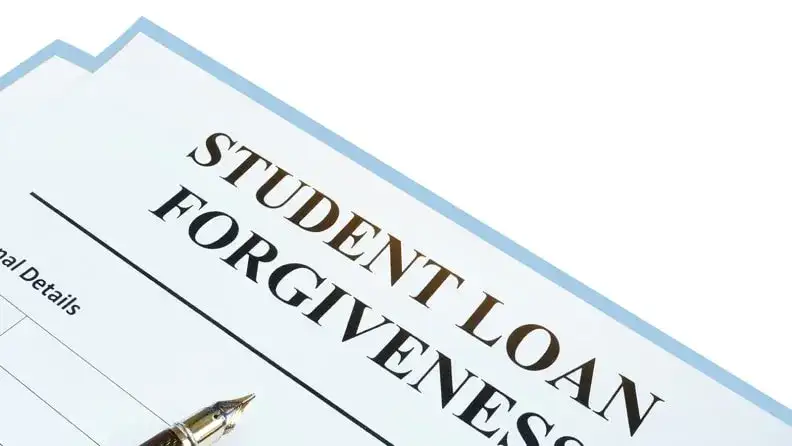The Biden administration unveiled its proposal to address the country’s increasing student loan debt in late 2022. While the proposal included numerous initiatives to assist in lower student loan loads, the most prominent was debt forgiveness of up to $20,000 for all eligible students.

Qualified Borrower Must Meet Specific Requirements To Qualify For Biden’s Student Loan Forgiveness
But who exactly is a qualified borrower? To be eligible for Biden’s student loan forgiveness, you must meet specific requirements.
Before we get into the specifics, it’s crucial to note that no one is currently eligible for student loan forgiveness. Several states have challenged the validity of Biden’s student loan forgiveness scheme, and those objections are currently being heard by the Supreme Court. Because the Supreme Court is scheduled to rule on the forgiveness scheme in the coming months, all conditions described here are conditional on a favorable decision.
That said, here’s an overview of the qualifications for the President’s plan to cancel up to $20,000 in student debt per borrower, as well as what other provisions you might benefit from.
READ ALSO: Texas Sales Tax Revenue Increased 4.1% In May 2022
Are you eligible for student loan forgiveness?
President Biden’s student loan forgiveness plan offers most federal student loan debtors up to $10,000 in debt reduction, or up to $20,000 for Pell Grant recipients. For example, if you did not obtain a Pell Grant and owe $32,000 in federal student loans, this approach could lower your debt to $22,000.
However, not everyone is eligible. Borrowers must complete certain requirements in order to be eligible for loan forgiveness.
The most important criterion is that you qualify based on your income; your AGI must be less than $125,000 if you file as single or married filing separately, or $250,000 if you file as any other filing status. You can also use your AGI from 2020 or 2021 to qualify.
It’s worth mentioning that students who are still categorized as dependents are eligible for loan forgiveness, but the amount will be determined by their parent’s income.
In addition to the income requirement:
- Your student loans must be federal in nature. Private loans are not accepted. However, debt relief is available for all forms of federal student loans, including parent PLUS loans and defaulted loans.
- Your loans must have been disbursed by June 30, 2022, or before. In other words, if you are a college student now and received your first loan in Fall 2022, you are ineligible.
- You must apply. It is vital to note that Biden’s plan does not apply to all borrowers. It is for some borrowers who already have their income information on file with the Department of Education. However, until you receive notification that this is the case, you should fill out the application as soon as it becomes available (depending on whether the Supreme Court approves the forgiveness plan).
Other forms of assistance may be available to you.
As previously stated, student loan forgiveness was merely one component of Biden’s student loan package. Even if you do not qualify for debt forgiveness, other options may reduce the burden of your student loans. It’s also worth noting that, while loan forgiveness is being litigated, these might potentially be implemented regardless of the Supreme Court’s verdict on loan forgiveness.
The following are included in the plan:
- Reducing the needed monthly payment under income-driven repayment arrangements for student loans to 5% of discretionary income (from 10% now).
- Increasing the definition of discretionary income for the purposes of loan repayment.
- Keeping unpaid interest from piling up and increasing borrowers’ liabilities, even if the required monthly payment is zero.
The timing of these measures is yet unknown, so stay up to date on the newest developments in Biden’s student debt reduction plan. However, with loan forgiveness and other options, student loan repayment might become much more doable for millions of Americans.
This card is used by our credit card experts and has the potential to earn you $1,306.
This top-rated card gives one of the best cashback rates (up to 5%), 0% interest on purchases and debt transfers until 2024, and has no annual fee.
These are just a few of the reasons why our experts decided to sign up for this card after reviewing it. Remember that credit cards are more secure than debit cards and can help you improve your credit score when used correctly. Please keep in mind that we may receive remuneration from products featured on this site, which does not impact our opinions.
READ ALSO: Legislative Session Saw No Teacher Raises, Failed Voucher Push, And Armed Guards




